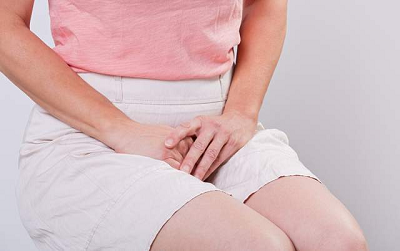Is Redness at the Urethral Opening Related to Urethritis?
With the improvement in living standards and increased health awareness, people are increasingly paying attention to their health status. More and more people are seeking medical attention in male clinics due to redness at the urethral opening.

Some patients say that their urethral opening used to be not red, but now it is getting red, suspecting that they have some illness. Some patients seek medical attention for this, but none have been cured.
Some even believe in itinerant physicians, thinking that they have a sexually transmitted disease that cannot be easily cured, thus carrying a heavy mental burden, leading to symptoms such as dizziness, irritability, insomnia, erectile dysfunction, premature ejaculation, frigidity, which seriously affects work, study, and family life.
Then, what is the reason for the redness at the urethral opening?
If one suffers from urethritis, the invasion of pathogens into the urethral opening may cause damage to the urethral mucosa, leading to symptoms of urethral redness.
For women, urethritis can cause redness and swelling at the urethral opening during acute inflammation and pain and burning sensation. This disease is related to bacterial infections, and the more severe the infections, the more pronounced the symptoms of redness and swelling at the urethral opening.
When males are infected with fungal urethritis, local redness and swelling of the urethral opening may occur, accompanied by itching symptoms. If infected with gonococcal urethritis, edema, and erosion can form in the urethral mucosa, as well as blisters and pustules, followed by purulent drainage at the urethral opening, accompanied by redness and swelling.
If men are infected with non-gonococcal urethritis (including mycoplasma infections), they may also experience urethral pain and stinging, often accompanied by redness of the urethral opening.
It can also be seen in chlamydial urethritis. When men experience chlamydial infections, they often experience swelling and erosion of the urethral mucosa, and purulent or thin drainage may also appear at the urethral opening, often accompanied by redness.
However, the following situations can also cause redness at the urethral opening:
For women:
1. Vaginitis. Some patients with vaginitis may experience mucosal congestion and edema due to irritation of the vaginal mucosa, and secretion stimulation of the urethra may cause redness of the urethra.
2. A urethral caruncle: After entering menopause, the level of estrogen in the body decreases, which may lead to urethral prolapse. In addition, inflammatory stimulation, urine stimulation, etc., may cause benign polypoid tissues to appear at the urethral opening. Repeated friction can cause redness in the female urethral opening, with symptoms such as burning pain, bleeding, and frequent urination.
3. Vulvitis: Failure to pay attention to personal hygiene can lead to the growth of bacteria and mold in the external genitalia, which may trigger vulvitis. The urethra is very close to the genitals, and inflammation may affect the urethra, causing redness, itching, and pain at the female urethral opening.
4. Urethral eczema: Failing to care about personal hygiene and poor breathability of underwear may cause the external genitalia to remain in a hot and humid environment, and eczema can occur, causing the female urethral opening to become red, itchy, painful, and scorching.
For men:
1. Prostatitis: Patients with prostatitis may experience congestion and swelling of the prostate tissue, which may cause irritation to the urethra and lead to redness at the urethral opening.
2. Redundant prepuce and phimosis. Such patients should be circumcised to expose the glans and reduce the irritation of dampness and smegma around the urethral orifice. That can gradually reduce or eliminate the redness of the urethral opening.
Both males and females under poor working environments or dietary habits can increase the temperature of their genitals, causing them to become damp and sweaty, leading to redness of the urethral opening. In this situation, as long as patients pay attention to drinking more water, eating less spicy food, and drinking less alcohol, the symptoms will gradually be improved.
After redness and swelling of the urethral opening, it is necessary to go to the hospital for examinations to identify the causes. If it is a normal physiological phenomenon, it is essential to develop good living habits. If pathological reasons cause the redness at the urethral opening, it is necessary to consult a doctor for medical treatment or choose physical therapies.
You may also be interested in:
How to Have Sex When Infected with Urethritis?
Urethritis is Not Just A Bacterial Infection



